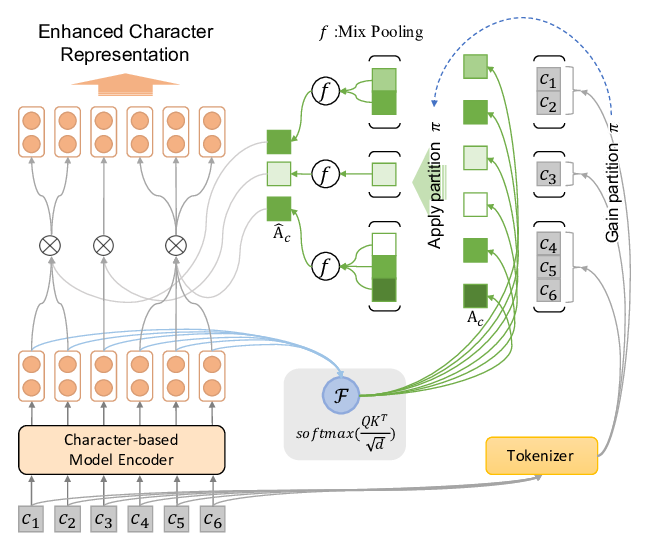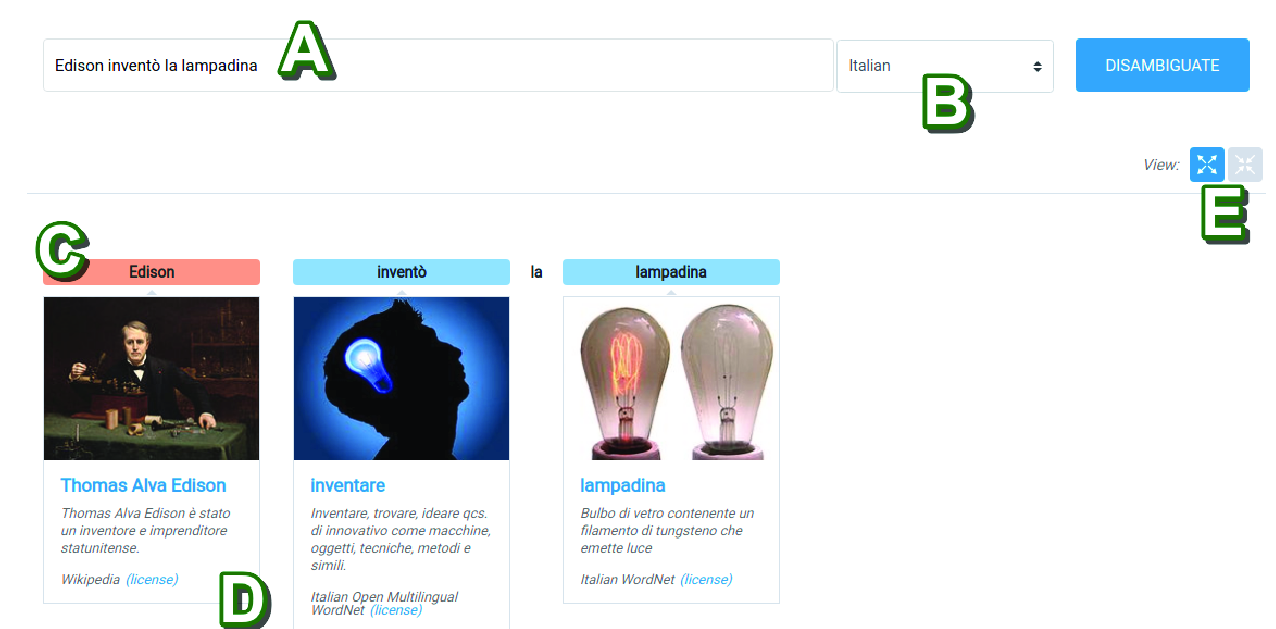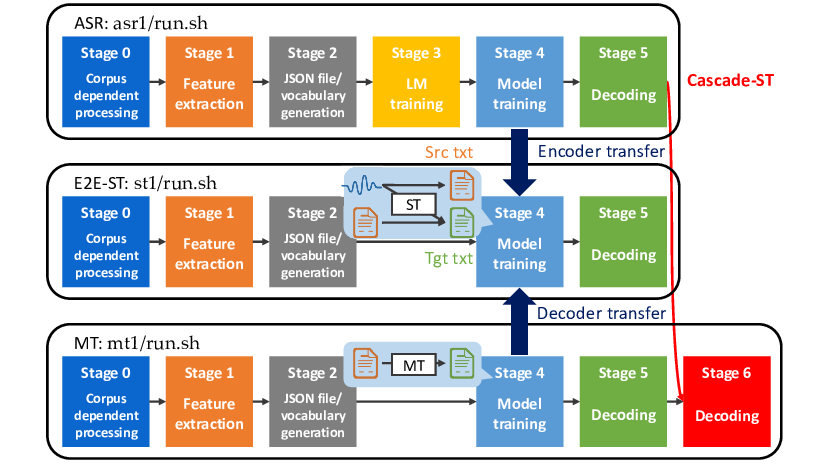A Graph-based Model for Joint Chinese Word Segmentation and Dependency Parsing
Hang Yan, Xipeng Qiu, Xuanjing Huang
Syntax: Tagging, Chunking and Parsing TACL Paper
Session 6A: Jul 7
(05:00-06:00 GMT)

Session 7A: Jul 7
(08:00-09:00 GMT)

Abstract:
Chinese word segmentation and dependency parsing are two fundamental tasks for Chinese natural language processing. The dependency parsing is defined on word-level. Therefore, word segmentation is the precondition of dependency parsing, which makes dependency parsing suffer from error propagation and unable to directly make use of the character-level pre-trained language model (such as BERT). In this paper, we propose a graph-based model to integrate Chinese word segmentation and dependency parsing. Different from previous transition-based joint models, our proposed model is more concise, which results in fewer efforts of feature engineering. Our graph-based joint model achieves better performance than previous joint models and state-of-the-art results in both Chinese word segmentation and dependency parsing. Besides, when BERT is combined, our model can substantially reduce the performance gap of dependency parsing between joint models and gold-segmented word-based models. Our code is publicly available at https://github.com/fastnlp/JointCwsParser.
You can open the
pre-recorded video
in a separate window.
NOTE: The SlidesLive video may display a random order of the authors.
The correct author list is shown at the top of this webpage.
Similar Papers
Encoder-Decoder Models Can Benefit from Pre-trained Masked Language Models in Grammatical Error Correction
Masahiro Kaneko, Masato Mita, Shun Kiyono, Jun Suzuki, Kentaro Inui,

Enhancing Pre-trained Chinese Character Representation with Word-aligned Attention
Yanzeng Li, Bowen Yu, Xue Mengge, Tingwen Liu,

Personalized PageRank with Syntagmatic Information for Multilingual Word Sense Disambiguation
Federico Scozzafava, Marco Maru, Fabrizio Brignone, Giovanni Torrisi, Roberto Navigli,

ESPnet-ST: All-in-One Speech Translation Toolkit
Hirofumi Inaguma, Shun Kiyono, Kevin Duh, Shigeki Karita, Nelson Yalta, Tomoki Hayashi, Shinji Watanabe,
